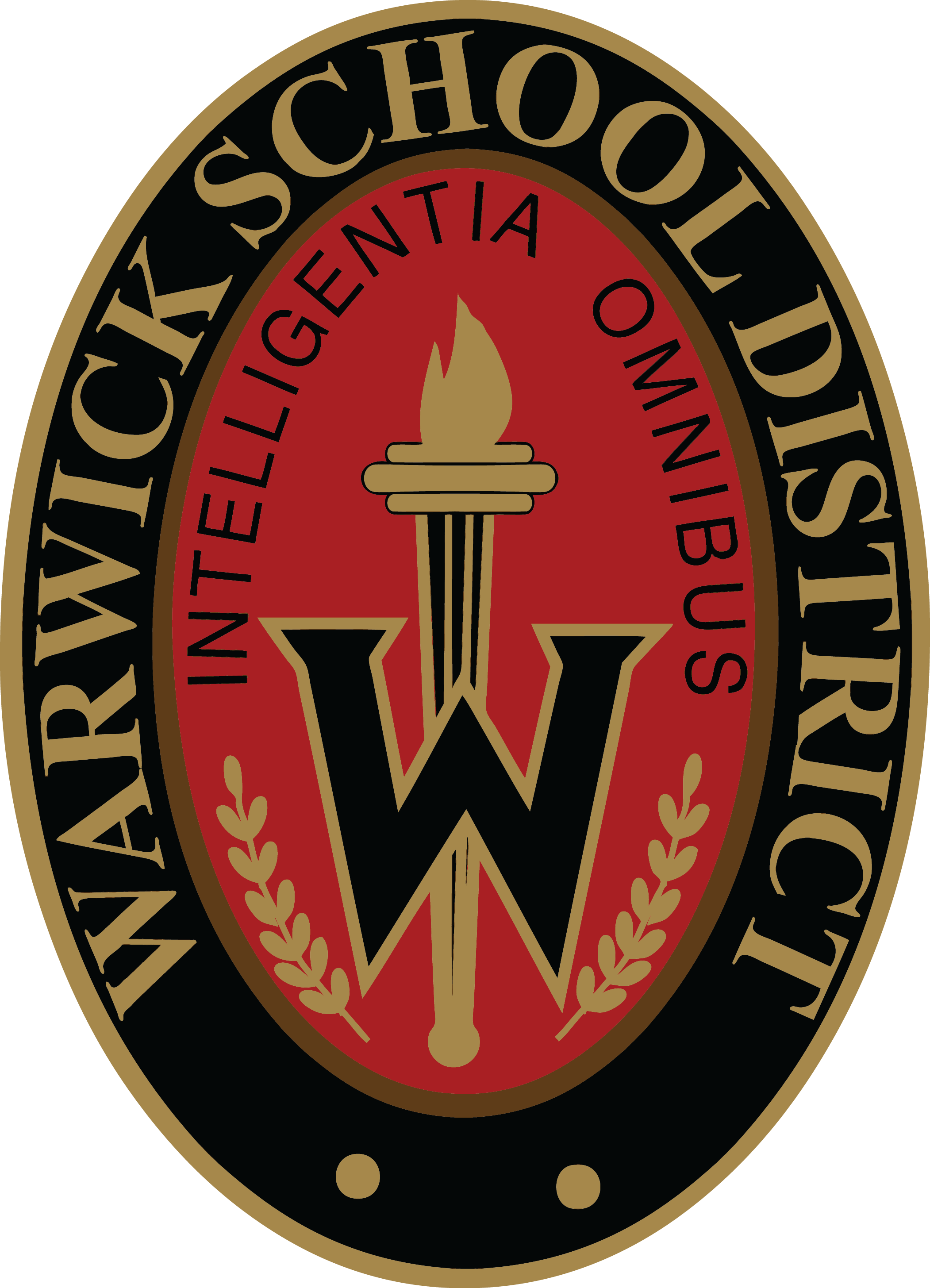

We will revisit the basics of measurement using fractional-inch rulers. Students will receive instruction and practice and will be expected to accurately measure within a 1/16-inch tolerance.
Students learn the basics of using Autodesk Fusion360, a 3D Modeling software that is widely used in industry. Similar to SolidWorks, it allows students to generate 3D models, and 2D drawings and even has the capability of programming our 3D printers and CNC router. Students will learn enough basics so that they may continue to explore the software on their own
Although it is a short project, we will learn to Design a keychain in Fusion360 (3D modeling / CAD software). We will then 3D print our keychains. The 3D-printed keychains will be used as a pattern for a sand mold. Students will learn how to properly ram up a sand mold and how to remove the match plate pattern. We will then melt down pure Tin and pour it into the mold. Students will then "Shake out" their molds. We will learn how a raw casting is processed in order to make a finished product. Students will get to keep both their 3D-printed keychain and their cast Tin keychain. This process is an excellent activity that ties everything together from raw design to a finished product.
Students will learn and demonstrate the safe operation of a variety of machines which they then utilize to develop their prototypes. ALL students receive hands-on training and practice with direct supervision and must pass written safety tests with a 90% or better score before they operate the machines. The following is a list of the machines covered:
Within the past three years, thanks to our very successful Future City team, we've added a GlowForge PRO 45-watt laser engraver and cutter to our shop. It can cut multiple materials including wood up to a half-inch thick. It will also engrave most standard materials including anodized aluminum. This year we also added an Axiom AR6 Pro V5 CNC Router. We are excited about these additions because they open up many new possibilities and enhance our prototyping capabilities. Students can now create more complicated designs and will get to see these machines in action.
Students will work through the Design Process and will develop a prototype geared toward solving a technical problem. They will then build, modify, and test their prototype.